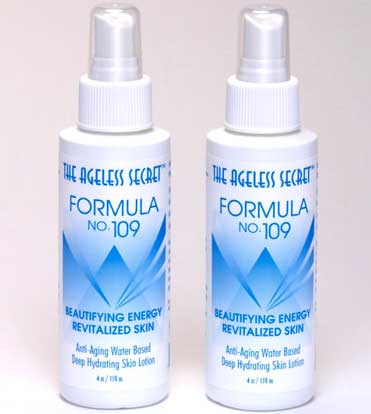May is Skin Cancer Awareness Month and while we love the sun and the golden glow, it’s important to be aware of the importance of using sunblock to fight against skin cancer. This is a SERIOUS issue because this potentially deadly disease is preventable– EASILY preventable by using sunblock every day– regardless if it’s sunny or rainy or overcast.
Every 67 minutes someone in the U.S. dies of melanoma; an astounding statistic for a disease which is nearly 100 percent curable when caught and treated early.
Because the incidence of skin cancer is increasing every year at, one in five Americans will be diagnosed with skin cancer over their lifetime. Sun protection alone is not enough to keep us safe.
That’s why Olay and the American Society for Dermatologic Surgery (ASDS) have partnered for “Skin Cancer Takes Friends,” a nationwide program offering women the opportunity make an appointment with one of more than 300 participating dermatologists nationwide for a free screening for themselves and a friend or loved one — so they can go together. Locally, 36 dermatologists in California are participating. For a full list of participating dermatologists, log on to www.SkinCancerTakesFriends.org.
While you want the glow of tanned skin check out the OLAY TOUCH OF SUN product which gives you a nice glow, smells good, and also has an spf in it. Remember sunblocks don’t last all day. Please reapply often!
Get your checkup and check back in with me!
>


No matter what steps are taken to reduce sun or tanning exposure it is still important to carefully examine your skin for suspicious moles that could portend a deadly melanoma. The traditional ABCD criteria can help guide risk assessment. A, for asymmetric lesions; B for moles with irregular Borders; C, for colors in the lesion; and D, for diameter greater than the tip of an eraser.
More recently physicians have recognized the importance of moles that are new or getting larger in predicting high risk lesions. They have now added E for enlargement to the criteria and many recommend following the ABCDE’s.
Although dermatologists almost always ask if you have any new or changing moles most people cannot accurately answer that question (particularly those with numerous moles and the greatest risk). One way to approach this problem for people at high risk is to use Total Body Photography to document the moles on your body. However, this is an expensive procedure (often costing $400-$600) that most insurance providers will not cover.
There is now an inexpensive software program that allows people to use their own digital cameras at home to take their own body images at different time intervals (maximizing privacy). The images can be scaled and aligned and compared using a personal computer to allow for the efficient recognition of new or growing moles. This software was developed from funding provided by the National Cancer Institute and can be obtained by going to the website http://www.dermalert.com>